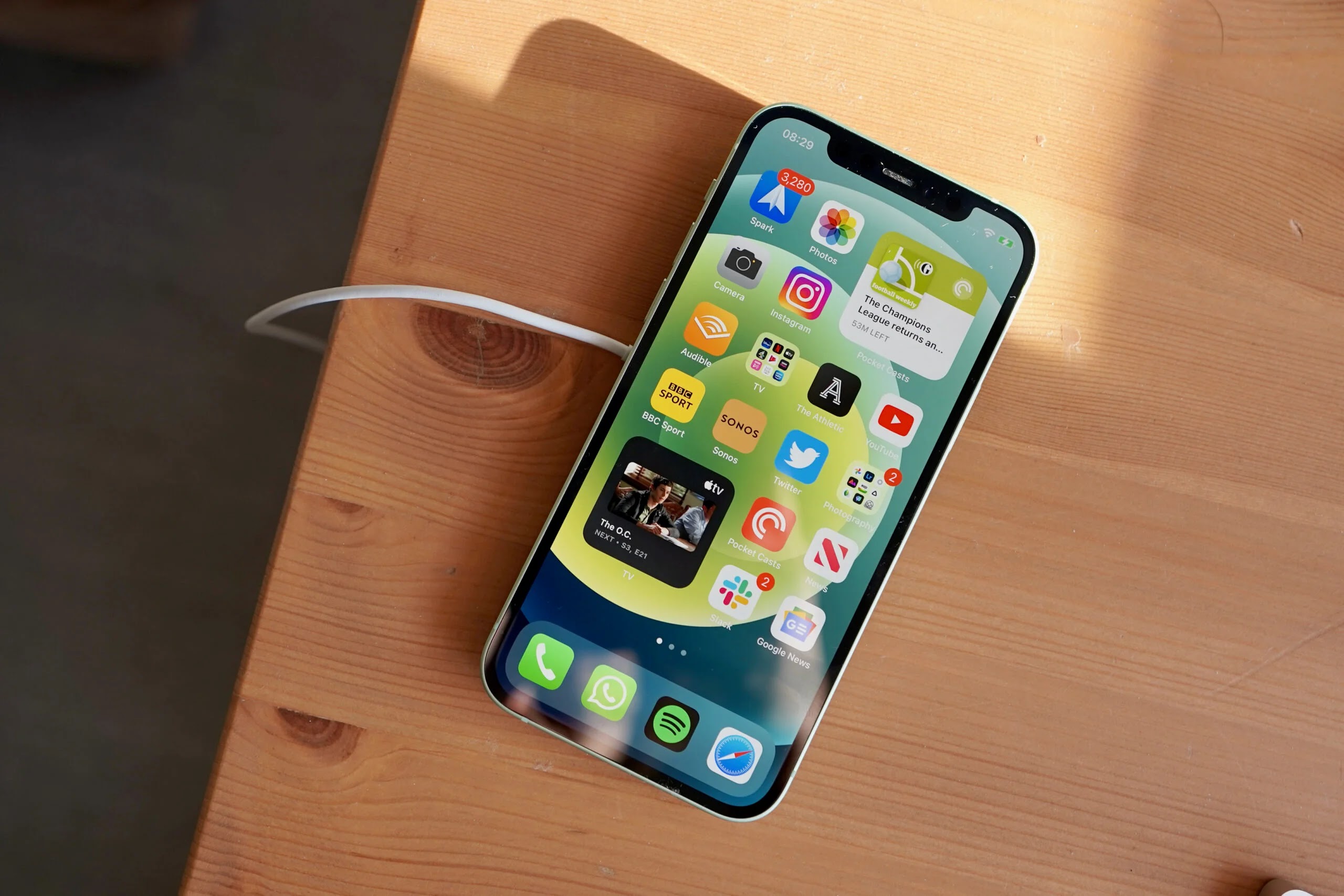You could have seen that your iPhone isn't however quick as it seemed to be the point at which you originally got it. This is due to the fact that the platform is susceptible to a variety of errors and issues that require fixing, and as a result, app caches accumulate huge amounts of data over time. Find out what you can do to improve your iPhone's performance if you're experiencing lags and stutters.
Use these simple techniques to increase the performance of your iPhones
The hardware in iOS 16 has been optimized for iPhone performance. Regardless, when it comes to your iPhone's sluggish performance, app updates and internal errors play a significant role. Following that, we have compiled a collection of methods that you can use to increase your iPhone's speed. Essentially adhere to the bit by bit directions underneath.
Restart your iPhone When you notice that your iPhone is running slowly, the first thing that comes to mind is to restart it. To restart your iPhone, press and hold the Power button and either the Volume Up or Volume Down button until the Apple logo shows up on the screen. Check out our comprehensive guide on how to restart your iPhone if you are not familiar with the procedure.
Clearing the RAM on an iPhone can help to improve its performance by freeing up memory that may be currently in use by background processes. Here are the steps to clear the RAM on an iPhone:
1. Press and hold the power button on your iPhone until the "slide to power off" screen appears.
2. Release the power button, and then press and hold the Home button until the screen returns to the home screen.
3. The screen will briefly go blank before the home screen reappears, indicating that the RAM has been cleared.
Alternatively, on iPhones running iOS 12 or later, you can clear the RAM by following these steps:
1. Open the Settings app on your iPhone.
2. Go to General > Shut Down.
3. Swipe the "slide to power off" slider to the right to turn off your iPhone.
4. Wait a few seconds, and then press and hold the Home button until the home screen reappears.
It's important to note that clearing the RAM on an iPhone may not always result in a noticeable improvement in performance, and it may also cause some apps to reload their data, which can temporarily slow down the device.
I've noticed that when the iPhone's storage capacity is full, performance suffers significantly. There are more lags and app load times. From now on, to support execution on your iPhone, erase undesirable applications, photographs, and recordings for a smoother experience. Navigate to Settings > General > iPhone Storage to see how much storage your iPhone has.
Like the Foundation Application Revive, area administrations are continuously running behind the scenes. Navigate to Settings > Privacy & Security > Location Services to turn off location services.
You always have the option to factory reset your iPhone to its factory settings if none of the aforementioned methods work for you. Keep in mind that when you perform a hard reset, all of your settings and data will be erased. As a result, it is recommended that you create a backup of your data. Navigate to Settings > General > Transfer or Reset iPhone > Erase All Content and Settings to restore your iPhone's factory settings. To improve performance, perform a factory reset on your iPhone by following the on-screen instructions.
People, this is all there is to it. Stay tuned for more helpful guides that we'll be sharing in the future. Please let us know if any of these methods improved your iPhone's performance.






Post a Comment